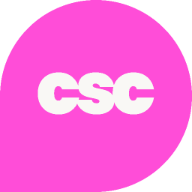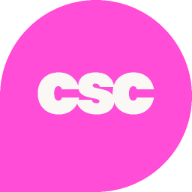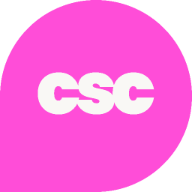Don't be fooled – customer success has never been static. It's been in a constant state of flux since its inception, shaped by shifting expectations, new business models, and the balance between human touch and digital scale.
What started as a response to churn and onboarding challenges borne out of the then-new subscription business model has since evolved into a broader strategy for growth, efficiency, and long-term value.
The journey hasn’t been straightforward, but it’s exactly in those twists and experiments that the real lessons emerge.
Addressing churn and enhancing customer experience
One of the pivotal realizations in my career was that the most crucial times for a customer in the SaaS business are during onboarding. If you get onboarding right and accelerate the time to value, the likelihood of them renewing becomes significantly higher.
However, due to the way our product was developed, customers could utilize part of the product without activating the subscription.
The hidden risk of partial product adoption
We uncovered that one of the key reasons for churn was that customers were not activating their subscriptions, which in our case, provides centralized cloud management of the products and hardware. Customers were managing the hardware in the traditional on-prem, local manner, instead of leveraging the cloud capabilities.
We realized that if we initiated an activation and onboarding campaign, we could address this issue effectively.
Another reason for churn was that customers, even after activating, weren’t receiving notifications that their subscription was about to expire, leading to unintentional expirations. This was because the business itself was not accustomed to this new model and was treating it like a support contract: sell it and call when it was time to renew.
Proactive renewal strategies
Consequently, we created what we now recognize as the onboarding program and initiated what we call a "T minus 4" approach, starting proactive communication motions four months prior to expiration.
At that point, we were unknowingly creating a customer success program, oblivious to the fact that there was a science behind this. We began at the bookends of the customer journey and, as we progressed, we started collapsing in, eventually culminating in an end-to-end engagement model, which is now recognized as customer success.
This model not only addressed the immediate challenges we were facing but also paved the way for a structured, intentional approach to customer engagement and success, ensuring that the customer’s journey with us was smooth, value-driven, and conducive to long-term partnership and success.
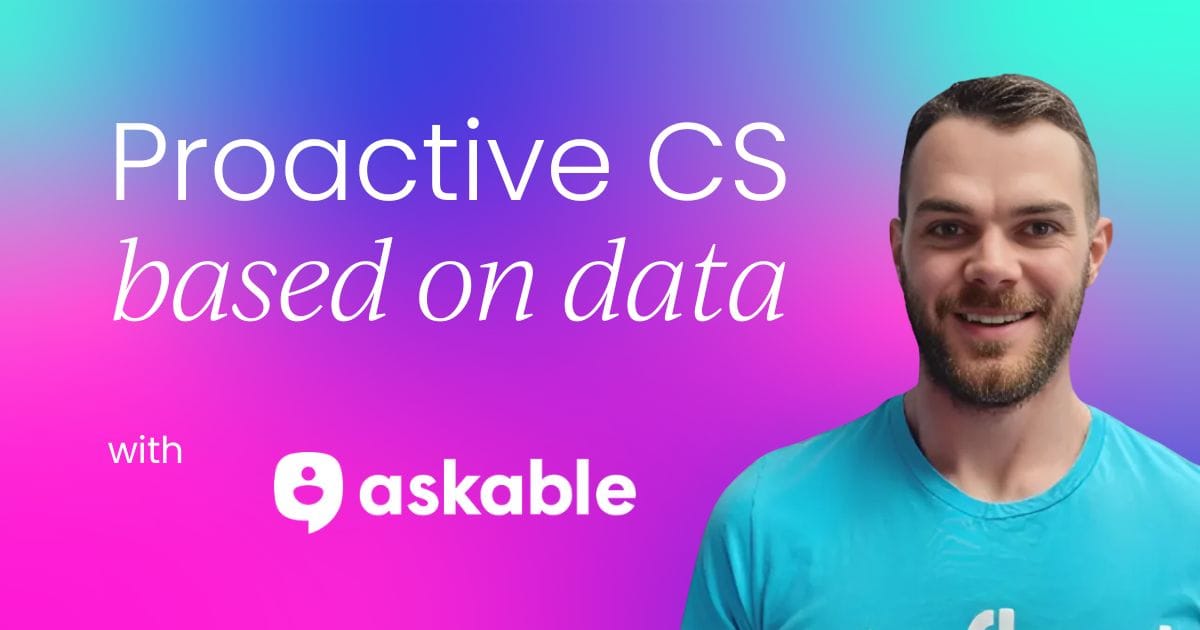
Navigating the evolution of customer success
The evolution of CS has been a fascinating journey, especially from my perspective, where the path was anything but traditional.
Initially, our approach was akin to a science project without specific funding, but driven by a clear need. We had about 5,000 customers, and conventional wisdom would suggest hiring five to seven Customer Success Managers (CSMs) to manage this global footprint. However, the budget to hire such a team was nonexistent.
Why data was my first hire
My first hire was someone adept with data, which I deemed crucial. We spent significant time understanding what the data was telling us, identifying customer locations, spending patterns, and creating our first segmentation version.
We recognized that 96% of our business was a digital motion target, yet this 96% of the install base accounted for about 50% of their product revenue. So, a digital-first motion was imperative, even though I wasn’t initially focused on hiring CSMs.
I faced criticism from my CS peers, who believed that what we were building was more of a tech-support program than a CS program due to the absence of CSMs driving portfolio and end-to-end lifecycle management.
My counter was straightforward: I couldn’t afford it. When the pandemic hit, many of my peers, who had built human-first organizations, were now faced with budget retractions but still needed to engage with all their customers without the necessary CSMs. This forced a rethinking in the industry about whether we really needed a CSM for all of our accounts.

The digital-first approach and CSM swarm model
We had been doing a digital-first approach to CS for two or three years already, while the industry was just starting to pick up on it. I knew that to consider our CS program complete, I needed to develop at least three capabilities.
Firstly, the digital approach, and secondly, I was opposed to the traditional CSM model. So, I created what I call the CSM swarm model.
In this model, 50% of a CSM’s time would be assigned to key accounts, 25% of their time was to digital engagement fallout, and the other 25% was dedicated to what we call incubation initiatives. CSMs were multifaceted, doing lifecycle management for strategic accounts, enabling more on the sales side, and working on strategic accounts.
Scaling through partners and automation
The third capability was developing a partner program. We created a customer success partner program, where our sales partners or resellers act as customer success on our behalf. We built out a maturity engagement model, assessing their readiness to be able to do this.
They sit inside our CS automation tool, and all the digital communications are white-labeled as the partners going into their customers. The partners are the ones driving the CSM motions, and I have a Partner Success Manager (PSM) managing multiple partners, creating an economy of scale. One PSM manages about 15 or 20 partners, which represent about 120 to 140 customers that are typically high touch.

5 common mistakes in customer success
1. When CS becomes sales or support in disguise
I've witnessed many CS organizations essentially becoming an extension of sales or even support, just rebranded as customer success.
This, in my perspective, has occasionally given CS a bad name. Especially when you're facing challenges trying to engage an account and management or sales personnel struggle to articulate the value of this new resource that's now going to engage with the customer.
2. The importance of strong CS leadership
It's crucial – if you're going to take the leap and be a CS leader – to have a backbone, to be bold, and to understand what you're trying to achieve by creating this CS function. Indirectly, you're driving the transformation of the company.
The whole cliché, "customer success is not a department, it's a philosophy," only works if everyone understands what their role in CS is.
The reputation risk of poorly implemented CS
I've noticed that some new organizations, now contemplating whether they should start a CS department, are facing a lot of opposition with questions like "Why do we need it?" They point to examples where CS has been done wrong, which unfortunately can tarnish the reputation of everyone in the field.
I've experienced it myself and, to be honest, I don’t want to be known just as a customer success leader because I feel like we get pigeonholed into those negative examples.
Avoiding the “Sales puppet” trap
There are some CS leaders out there who, controversially, end up being what I'd term "sales puppets," providing a supporting element to sales without evolving beyond that. There’s also a cohort of folks who start CS at a company, stay for two years, then move to another company and do it again.
Staying long enough to prove impact
But how do you know what you did actually worked if you left before you saw the output? Before you saw customers who purchased while you were there actually renew? That’s why it was vital for me to see this through.
Before I declared this project complete, I wanted to ensure that we had done this long enough, having been doing it for five years, building out the partner program and the monetization.

Different models for funding and sustaining CS
We've explored various models. For instance, I have a monetized model where CSMs, being part of the Advanced Service programs, are funded that way. But when that's not available, during that part of your maturity, CSMs might be funded as a sort of "science project" by their sales or service organization.
To become a sustainable organization, you must demonstrate value. If you can prove that the CS organization is reducing your total customer acquisition costs, then the savings in customer acquisition costs could fund your team.
For example, if sales take 15% of every dollar to close a renewal or upsell, and you can do it for 10%, that 5% Delta could fund your team. The expectation is that CS will drive existing install base account growth on its own without any net new customers, and that model funds the CSM.
While sales are incentivized to bring in new logos, CSMs get funded based on the expansion they bring in through the lifecycle engagements.
Understanding the charter of your CS team
When creating a CS program, understanding the team's charter is pivotal. Based on my research and observations, there are a few key questions that will help you understand what your model should look like.
Consider the complexity and the maturity of your product. If the product is easy to use and has been around for a while, the focus of your CSM isn’t so much on onboarding and retention but more on expansion – selling them more. In this model, where your product complexity is low and the product maturity is high, a sales-driven CS organization is probably better suited.
Conversely, if it's a net new, highly complex product, your CS organization is probably better suited to be on the services side because you'll spend a lot more time on onboarding and accelerating time to value.
In this situation, the charter of your team is onboarding and retention. Your CSMs are not quota-carrying and are positioned under support to deflect any incoming support calls and to drive the adoption and stickiness of the product, which will secure the renewal in the long run.

The evolution of customer success and its impact on customers
At my presentation at Customer Success Festival in San Francisco, l delved deeper into the next step in CS evolution.
The industry has matured to a point where we're witnessing the evolution of a CS leader. Organizations that have successfully transcended being merely an extension of sales have done a commendable job in convincing the company about the capabilities of CS.
These capabilities are now permeating across the entire company, not just confined to a department traditionally known as customer success. This new world being unlocked is where we're being invited to the table to explore how we can leverage the same framework for other parts of the organization.
This evolution converges with customer experience. We've transitioned from a white-glove approach, where one person is dedicated to assisting the customer with everything, to a scenario where we can't do that for everyone. So, we're forced to adopt a more digital-first motion, becoming available when the digital approach doesn’t suffice.
Due to the retraction and resources available on the CS side, there's a more pronounced dependency and a tighter integration between the account management team and CS, depending on where the customer fits on the engagement pyramid.
There's an opportunity to relinquish more account ownership to the account executive at higher tiers because there aren't enough CSMs to engage in every account.
Why not utilize the rich data and insights about an account and make it available to the salesperson, who's probably already engaging with the customer, and empower them with the information that a CSM would normally deliver during an MBR or QBR?
You're bringing the CS capabilities and empowering sales to do it without having a CSM engage. Identifying the segment or watermark in the install base, where that relationship manager ceases to exist, then becomes the sweet spot for the CSM to engage.
As all of this unfolds, it's vital to be mindful of what this means from a customer experience perspective.
Making sure that, as we navigate through these internal shifts and changes, the customer doesn’t feel like they're continuously being handed off is paramount. It's about ensuring that these internal evolutions and strategies translate into a seamless, enhanced experience for the customer.
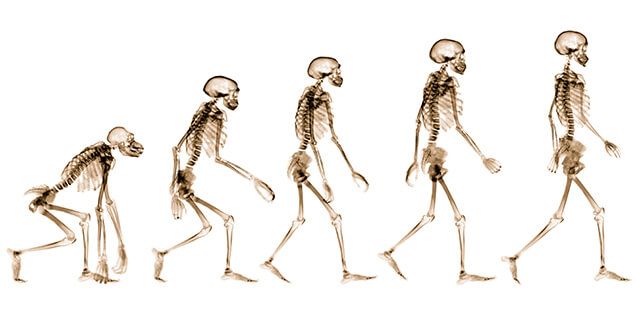
Preparing CSMs for the next step in organizational evolution
I'm currently working on a book titled "Customer Success: Beyond the CSM," which underscores the notion that a CSM is merely the tip of the iceberg in a customer success organization. It's crucial to acknowledge that there's a plethora of work that transpires to empower and enable a CSM to engage with a customer.
In my organization, from a data, systems, and tools perspective, a lot happens to ensure that when a CSM commences their day and opens up their customer success platform, all their tasks and customer visibility are readily accessible. I often say that in every engagement within our install base, I deploy two types of CSMs: a human one and a virtual one.
Empowering the customer success experience (CSX) operations team to have visibility across the company and the authority to connect and integrate these data sources is paramount. So, aligning a CSM with the overall strategy of the company has never been more vital.
People talk about the "belly of the fish," referring to the substantial costs associated with a company’s transformation before it emerges on the other side, becoming profitable. During this time, CSMs need to comprehend that in certain instances, it might not be prudent to push customers to transition from the traditional business to the new one, as the company is still navigating through figuring out margins.
Balancing traditional and SaaS models
The new SaaS product might cannibalize the old traditional business. Therefore, CSMs should strive to enhance the customer experience while they're in the traditional business and, as the company evolves, the product matures, and margins improve, facilitating their transition.
This is why it's imperative for a CSM to understand the business side too, so they know when to potentially upsell a customer and when perhaps not to. It may not be revenue-positive if customers move over to the new offerings but aren’t buying into the old ones, where the company might still be making money.

At the core, CSMs must never lose sight of the key performance indicators (KPIs) or objectives and key results (OKRs) they're measured against. The bottom line is defining what the CSM is supposed to be doing.
Are they bringing in reference customers? Are they driving expansion? Can it be proven that every customer that has a CSM attached to it has a better customer satisfaction (CSAT) score and better retention rates versus those that don’t?
Being able to conduct this A/B testing and demonstrate that value is crucial because, at the end of the day, the CSMs you have now will help you make the case to hire more later. If the ones you have now aren’t adding value, justifying getting more will be a challenge.
This article was based on Carlos's episode of the CS School podcast.
If you’d like to watch Carlos’s talk at the Customer Success Summit San Francisco in full, then you can do so with a Customer Success Collective membership.
Sign up today for unlimited access to every single talk at every single one of our past events!



 Follow us on LinkedIn
Follow us on LinkedIn